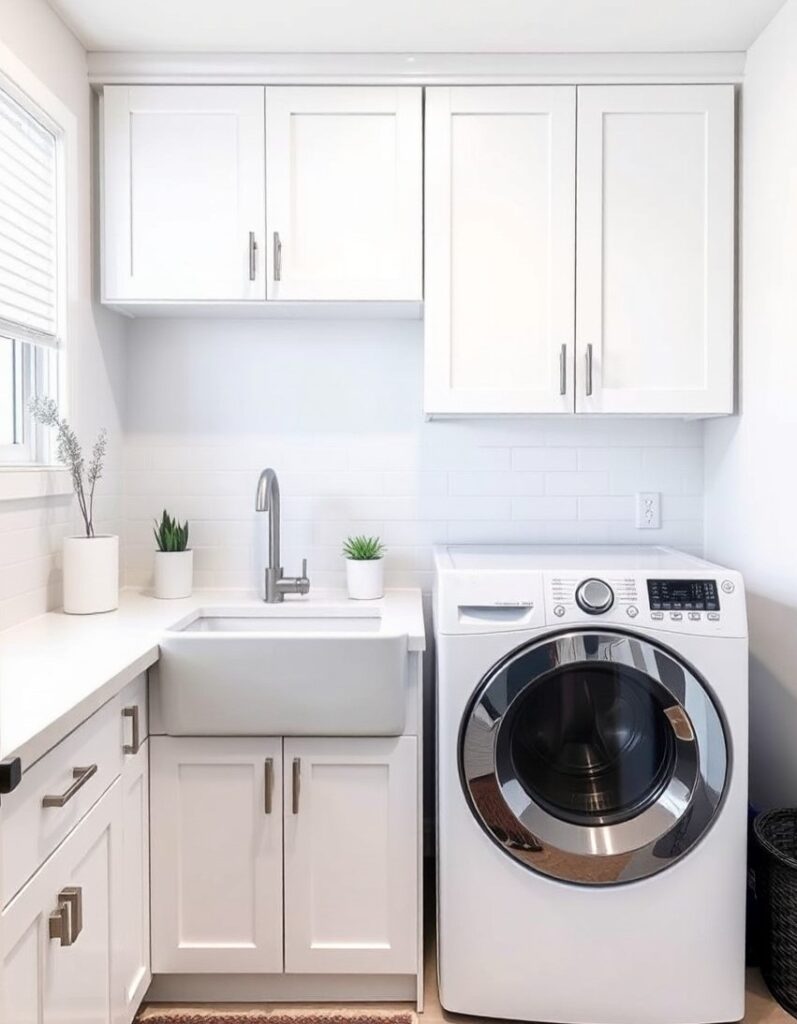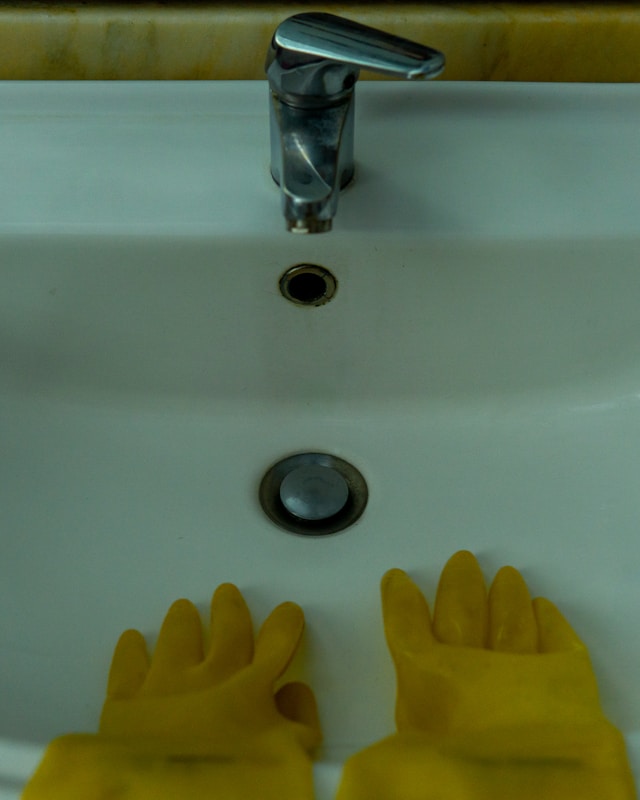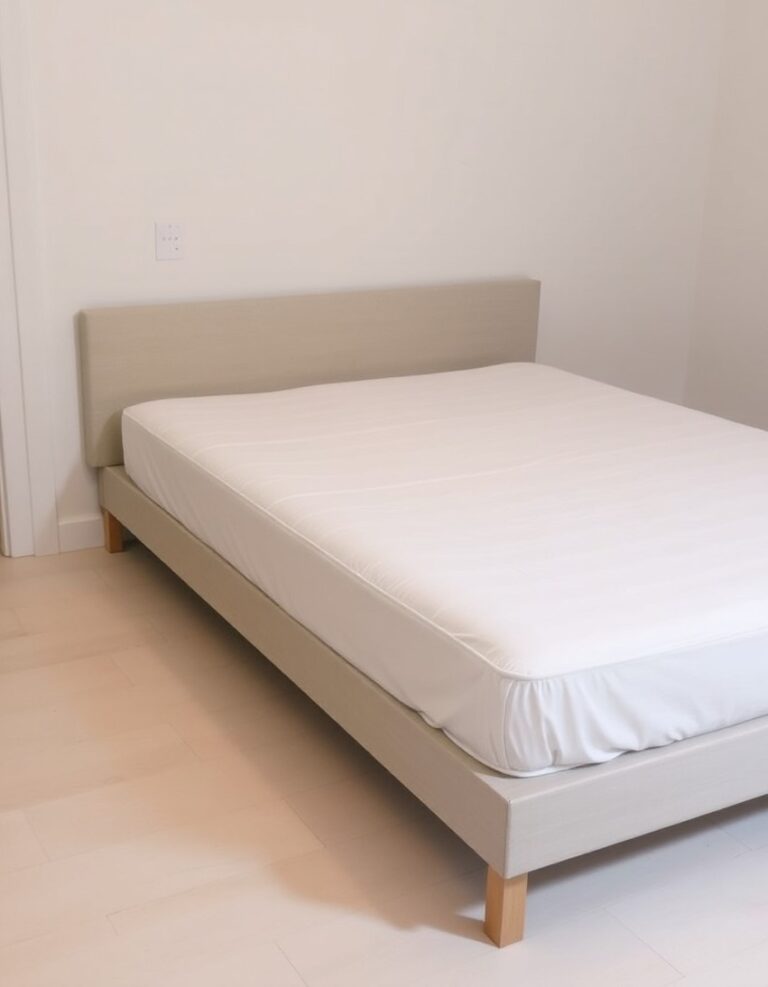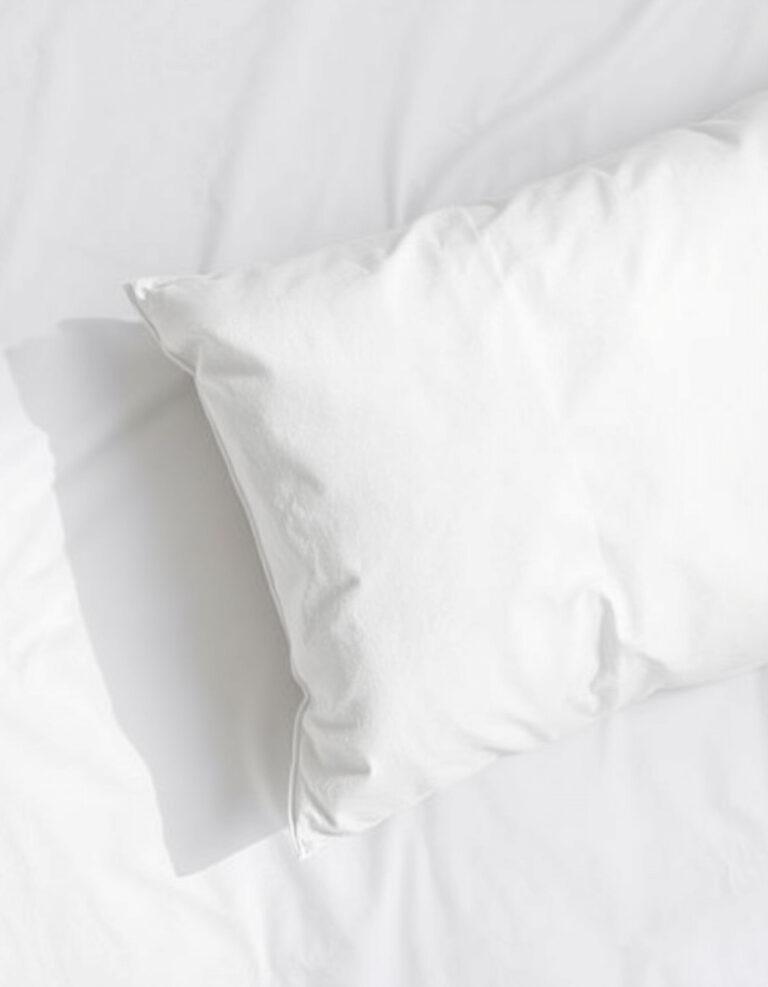When planning your laundry room renovation, one question frequently comes up: should you install a laundry room sink? This decision involves weighing practical benefits against space constraints and budget considerations. A utility sink can transform your laundry space into a more functional area, but it’s not always the right choice for every home.
Why Consider Adding a Sink to Laundry Room?
Adding a sink to laundry room spaces offers numerous practical advantages. A dedicated washing station provides a convenient spot for hand-washing delicate items, pre-treating stains, and cleaning household items that don’t belong in your kitchen sink.
The most compelling benefits of laundry room sink installation include increased functionality for messy tasks. You can rinse muddy shoes, wash paintbrushes, and handle other tasks that would otherwise create mess elsewhere in your home. This dedicated workspace keeps dirty jobs contained to one area.
Laundry Room Sink Pros and Cons

Advantages of Installing a Utility Sink
Enhanced functionality tops the list of benefits. A laundry room with utility sink becomes a multi-purpose workspace where you can tackle various cleaning tasks efficiently. Pre-treating stains becomes easier when you have immediate access to running water and workspace.
Increased home value represents another significant advantage. Real estate professionals consistently report that well-equipped laundry rooms, including those with sinks, appeal to potential buyers. The added functionality can contribute to your property’s overall appeal.
Convenience for specific tasks makes daily routines smoother. Hand-washing delicate garments, soaking heavily soiled items, and cleaning household tools becomes more manageable with a dedicated sink space.
Disadvantages to Consider
Space limitations present the primary challenge for many homeowners. Laundry rooms are often compact, and adding a sink requires adequate floor space and proper placement to maintain workflow efficiency.
Installation costs can be substantial, particularly if your laundry room lacks existing plumbing connections. Professional installation may require running new water lines and drain connections, increasing project expenses significantly.
Maintenance requirements add to ongoing household tasks. An additional sink means more surfaces to clean and maintain, plus potential plumbing issues to address over time.
Is a Sink Necessary in a Laundry Room?
The answer depends on your specific needs and circumstances. Is a sink necessary in a laundry room for basic washing and drying? No, but it can significantly enhance functionality for households with active lifestyles or specific cleaning needs.
Consider your household’s activities. Families with young children, gardeners, or those who frequently work with messy materials may find a laundry room sink especially helpful. However, households with minimal hand-washing needs might not justify the expense and space requirements.
Installation Considerations and Costs
Plumbing requirements vary significantly based on your current laundry room setup. If hot and cold water lines already exist nearby, installation costs decrease substantially. However, extending plumbing to accommodate a new sink can cost between $300 to $800 for materials and labor, depending on your region and contractor rates.
Space planning requires careful consideration. Standard utility sinks need approximately 25-30 inches of width and 20-24 inches of depth. Ensure adequate clearance around the sink for comfortable use without interfering with appliance doors or workflow.
Sink selection impacts both functionality and cost. Stainless steel utility sinks offer durability and easy maintenance, while plastic options provide budget-friendly alternatives. Consider features like built-in washboards, multiple basins, or cabinet integration based on your specific needs.
Maximizing Your Laundry Room Sink Benefits
Strategic placement optimizes workflow efficiency. Position the sink away from appliance doors and ensure adequate counter space nearby for sorting and folding tasks. Consider installing the sink at a comfortable height to prevent back strain during use.
Storage integration enhances functionality. Install shelving or cabinets around the sink area to store cleaning supplies, hand-washing detergents, and other laundry essentials within easy reach.
Proper ventilation prevents moisture issues. Ensure adequate ventilation in your laundry room to handle the additional humidity from sink use, preventing mold and mildew problems.
Making the Final Decision
Evaluate your specific needs before committing to installation. Consider how often you currently need a utility sink and whether your kitchen sink adequately handles these tasks. If you frequently find yourself wishing for a dedicated cleaning station, a laundry room sink installation might be worthwhile.
Budget considerations should include both initial installation costs and ongoing maintenance expenses. Factor in potential home value increases when calculating the return on investment.
Space efficiency must be carefully planned. Measure your available space and ensure the sink won’t compromise your laundry room’s primary functions or create an cramped working environment.
Installing a laundry room sink can significantly enhance your home’s functionality, but success depends on careful planning and realistic assessment of your needs. Consider all factors before making this important home improvement decision.
Questions & Answers
What size sink is best for a laundry room?
A standard utility sink measuring 22-25 inches wide and 20-24 inches deep provides adequate space for most laundry tasks. Deep sinks (8-10 inches) are ideal for soaking large items, while wider sinks accommodate bulky items like comforters or sleeping bags.
How much does it cost to add a sink to an existing laundry room?
Installation costs range from $200-$500 if plumbing connections already exist nearby. If new plumbing lines are required, expect costs between $800-$1,500 including materials and professional installation. Costs may vary depending on your location, labor rates, and project complexity. High-end fixtures and extensive plumbing work can increase costs further.
Can I install a laundry room sink myself?
Basic sink installation is possible for experienced DIYers if plumbing connections already exist. However, running new plumbing lines requires professional expertise to ensure proper installation and compliance with local building codes. Improper installation can lead to water damage and costly repairs.
What’s the difference between a utility sink and a regular sink?
Utility sinks are typically deeper and more durable than standard sinks, designed to handle heavy-duty cleaning tasks. They often feature wider basins, higher faucets, and more robust construction to withstand frequent use with cleaning chemicals and abrasive materials.
Do I need hot water for a laundry room sink?
While not absolutely necessary, hot water significantly improves cleaning effectiveness for pre-treating stains and hand-washing garments. Most homeowners find the additional cost of hot water installation worthwhile for the improved functionality it provides.
How do I maintain a laundry room sink?
Regular cleaning with mild detergent prevents buildup of soap scum and mineral deposits. Rinse the sink after each use, especially after using bleach or other cleaning chemicals. Periodically clean the drain with baking soda and vinegar to prevent clogs and odors.






